Investors Should Go Back to the Future with OPAL Fuels
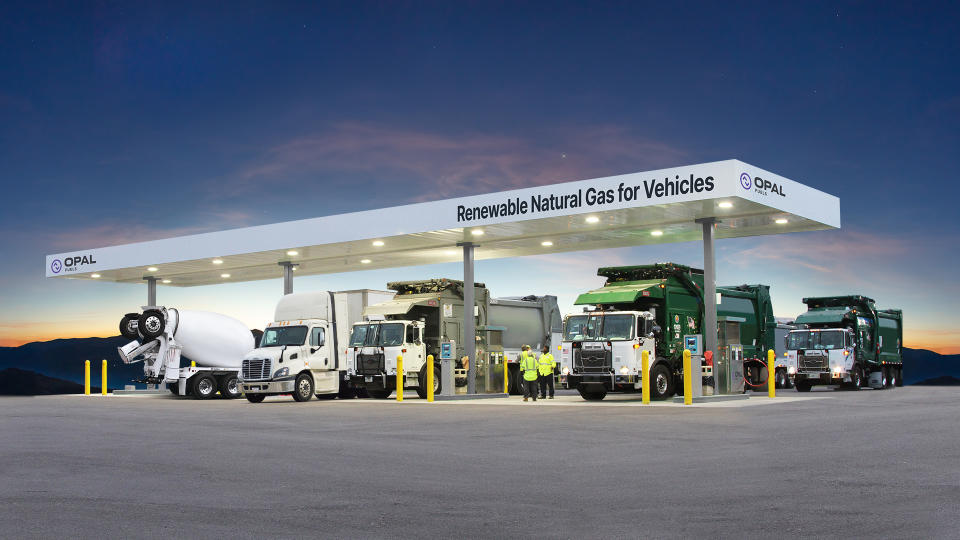
Newly-listed OPAL Fuels Inc. (Nasdaq: OPAL) provides renewable natural gas (RNG)
RNG is chemically identical to compressed natural gas, burns twice as clean as diesel
Vertically integrated, beginning with source in landfills, dairies where biogas is released
Vertical integration creates massive cost savings, allowing OPAL to capture full value of RNG
Also 2nd largest operator of RNG stations in the U.S., serving fleets and individual vehicles
Recently inked 10-year deal with UPS to provide RNG at 51 fueling centers nationwide
Opened Florida’s 1st landfill-gas to RNG facility, uses biogas from decomposing material
New facility to produce 5 million gasoline gallon equivalent of RNG annually
Strong balance sheet clears the way for growth through several new projects
Trades at just 4.7x 2025 consensus Ebitda, sharply lower than comparable companies
In the 1989 classic Back to the Future Part II, Doctor Emmett Brown fuels up his time-traveling DeLorean not with dangerously radioactive plutonium, but a banana peel and stale Miller beer. Believe it or not, there’s a technology not too far off – and it already generates profits.
It’s time to take a ride with OPAL Fuels Inc. (Nasdaq: OPAL), a newly-listed company that creates renewable natural gas (RNG) from decomposing organic material in landfills as well as dairies. While OPAL can’t fuel a DeLorean, it is able to replace fossil fuels like diesel for major customers such as Amazon and UPS who operate massive fleets of trucks making countless deliveries daily.
A big reason why RNG is in high demand: positive environmental impact. Using an example of a 100-truck fleet driving 100,000 miles per year per truck, annual carbon emissions for a diesel fleet is 17,000 tons, versus just 153 tons for RNG from landfills and negative 7,098 tons for RNG from dairy, according to B. Riley.
The beauty of RNG is that it’s chemically identical to compressed natural gas, so it may not require new vehicle purchases to make the switch. And the existing market is huge: natural gas powers more than 175,000 vehicles in the U.S. and roughly 23 million vehicles worldwide, according to the U.S. Department of Energy.
But even if a fleet of, say, diesel trucks needs to be replaced at a higher upfront cost, very meaningful savings comes over time via cheaper fuel expenses. RNG also burns nearly twice as cleanly as the diesel it replaces in heavy-duty trucks, providing another opportunity to limit emissions.
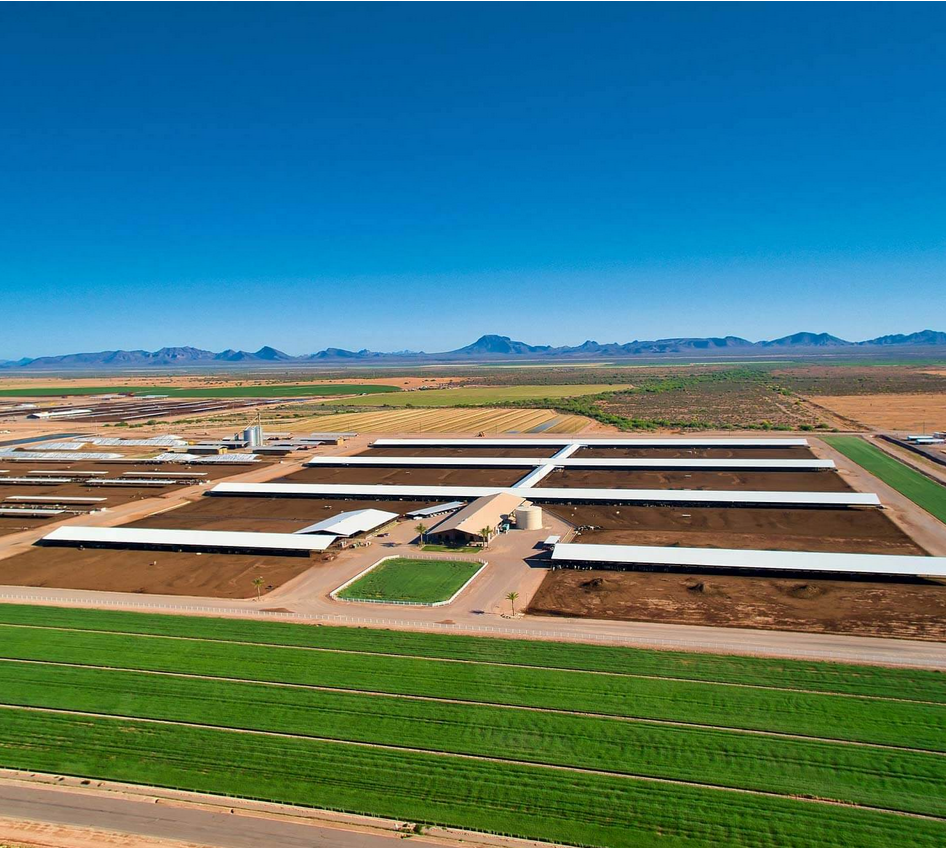
RNG has tremendous room for growth. Current production of about 400 million gas gallon equivalents per year is less than 1% of the U.S. heavy duty fuel market. Even if supply meets forecasts and triples to roughly 1 billion gas gallon equivalents in five years, it would still be less than 3% of the U.S. heavy duty fuel market.
RNG is also easy to move around. It can be sent to many end markets using existing natural gas pipelines across the country. It can even be sent to Europe – or farther if needed – by ship.
And while many companies in the electric vehicle industry have yet to deliver batteries, or various other components of the supply chain, OPAL has been selling fuel for over a decade. Current fueling-station customers include giants Waste Management and Amazon, who have an average contract length of 10 years.
OPAL landed another big contract in December, when it said it signed a 10-year deal with UPS to provide RNG at 51 fueling centers nationwide. Long-term deals with such behemoths – and a wide variety of them – should give investors assurance in OPAL’s predictable revenue over time.
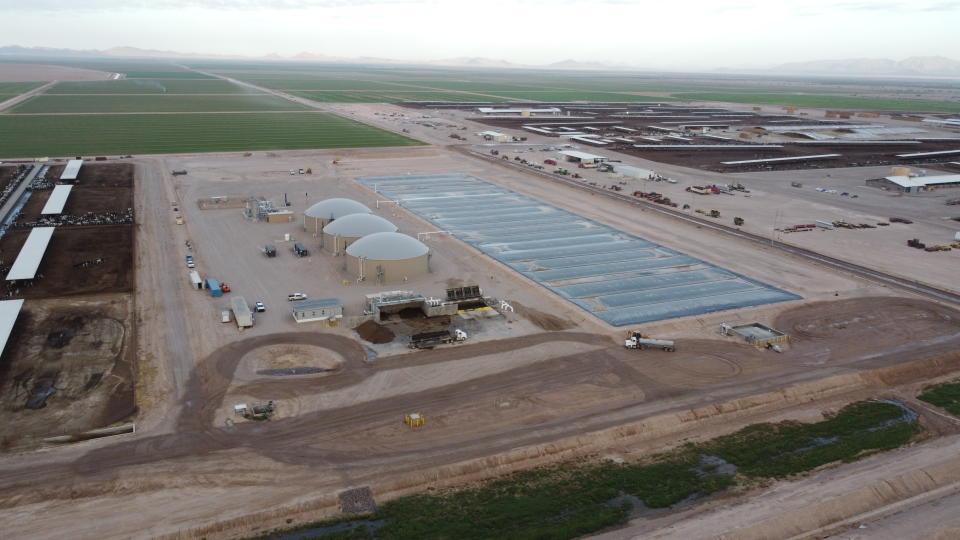
Such customers also find RNG to be a great choice over other next-generation options. Battery technology, for instance, is still years away from powering heavy, long-distance vehicles at any significant scale. The Department of Transportation has serious weight limits that would require big trucks to sacrifice valuable cargo space.
And while the likes of Nikola tout hydrogen, it’s even further away from practical use and hydrogen fuel stations will take many years to build out. It can also be dangerous: hydrogen is known to cause fires or explosions if not handled properly.
An important key to the OPAL story is vertical integration, meaning it captures RNG itself and delivers it all the way to vehicles at its own fueling stations. Having access to its own RNG should help OPAL keep winning market share over time because buyers can have faith in available supply.
Vertical integration has even more benefits. OPAL can save on third-party costs, offer better terms to transportation customers, and likely attract partners seeking valuable government credits for reducing carbon emissions.
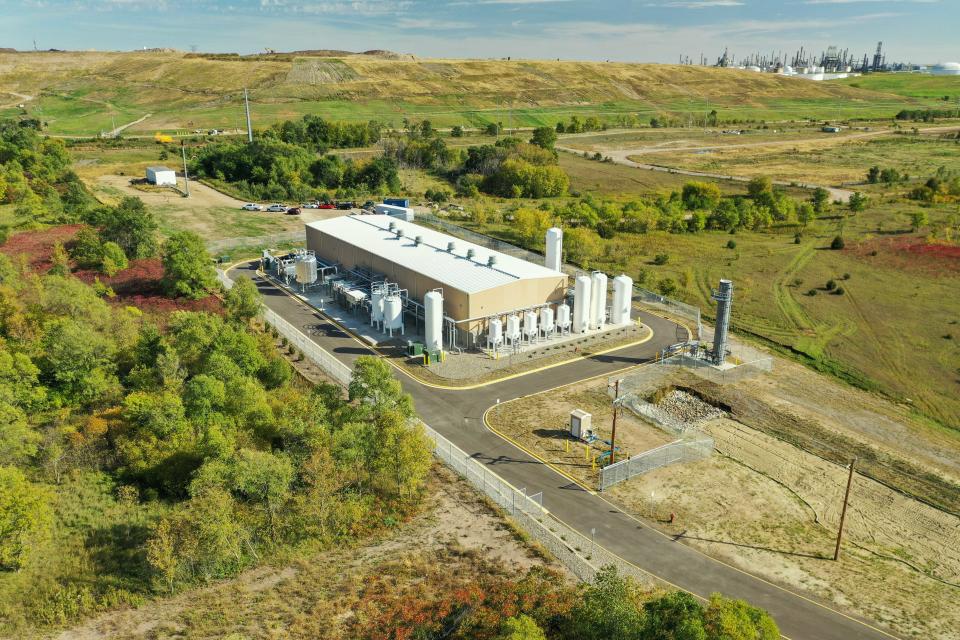
OPAL itself benefits from a bevy of government incentives – though it could be profitable without the extra help. One important boost comes from renewable identification numbers (RINs), which are credits used as a currency in the EPA’s Renewable Fuel Standard Program. It could also benefit from so-called eRINs, which may be generated from a project using a renewable fuel to power EVs. Provisions in the Inflation Reduction Act could offer even more benefits.
OPAL sources RNG from two key sources: landfills and dairies. Landfills have also been used source electricity but far more energy – four times the amount – can be extracted going the RNG route.
And while landfills are OPAL’s main focus, it also works with dairies, which generate massive amounts of methane, a problematic greenhouse gas. Indeed, methane is 60-70 times worse for the ozone layer than carbon dioxide.
Turning to financials, the company looks rock solid – unlike many recent IPOs. It has virtually no net debt and liquidity of $329 million. There’s also $115 million in undrawn cash under a credit facility.
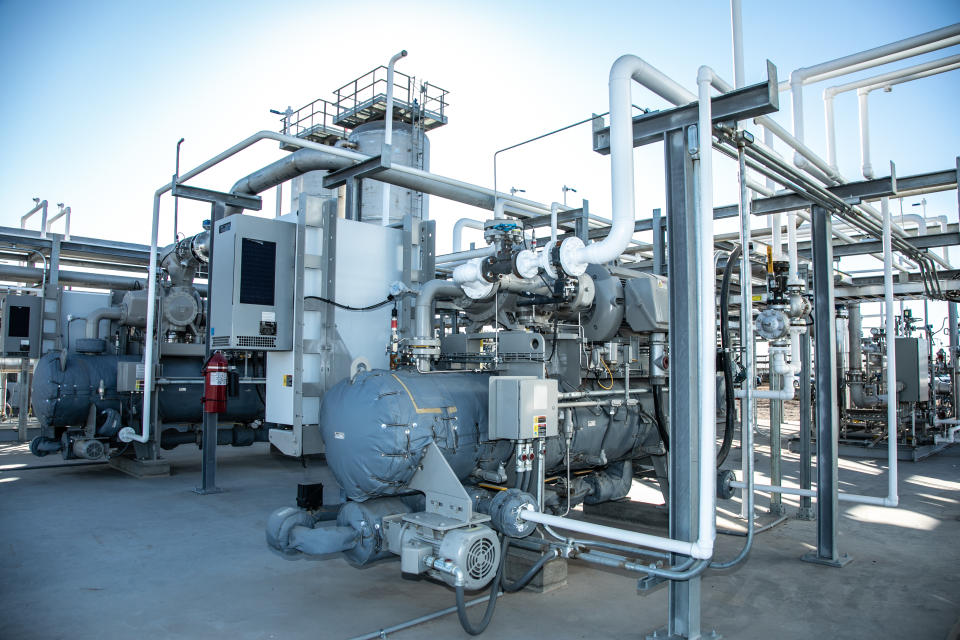
That flexibility is important as the company continues to build out new plants. It currently has six RNG facilities in operation and seven more under development.
The company is already very profitable, with an estimate of $60 million – $63 million in Ebitda for 2022. Analysts expect that to more-than quadruple to $264 million in 2025, according to Sentieo, an AI-enabled research platform.
At $7.20 a share, OPAL trades at 4.7 times consensus 2025 Ebitda. Ameresco, Inc., meanwhile, commands a multiple of 11.9 times. B. Riley recently issued a $14 price target, reflecting an 8.5x EV/EBITDA multiple on the broker’s own 2025 estimate.
At least some of that discount is beyond OPAL’s control as investors have shunned new IPOs across the board. But with profits, vertical integration and visibility over many years though the clean-energy transition, it shouldn’t be hard for savvy investors to see the glimmer in OPAL.
Contact:
IPO Edge
www.IPO-Edge.com
Editor@IPO-Edge.com

 Yahoo Finance
Yahoo Finance 